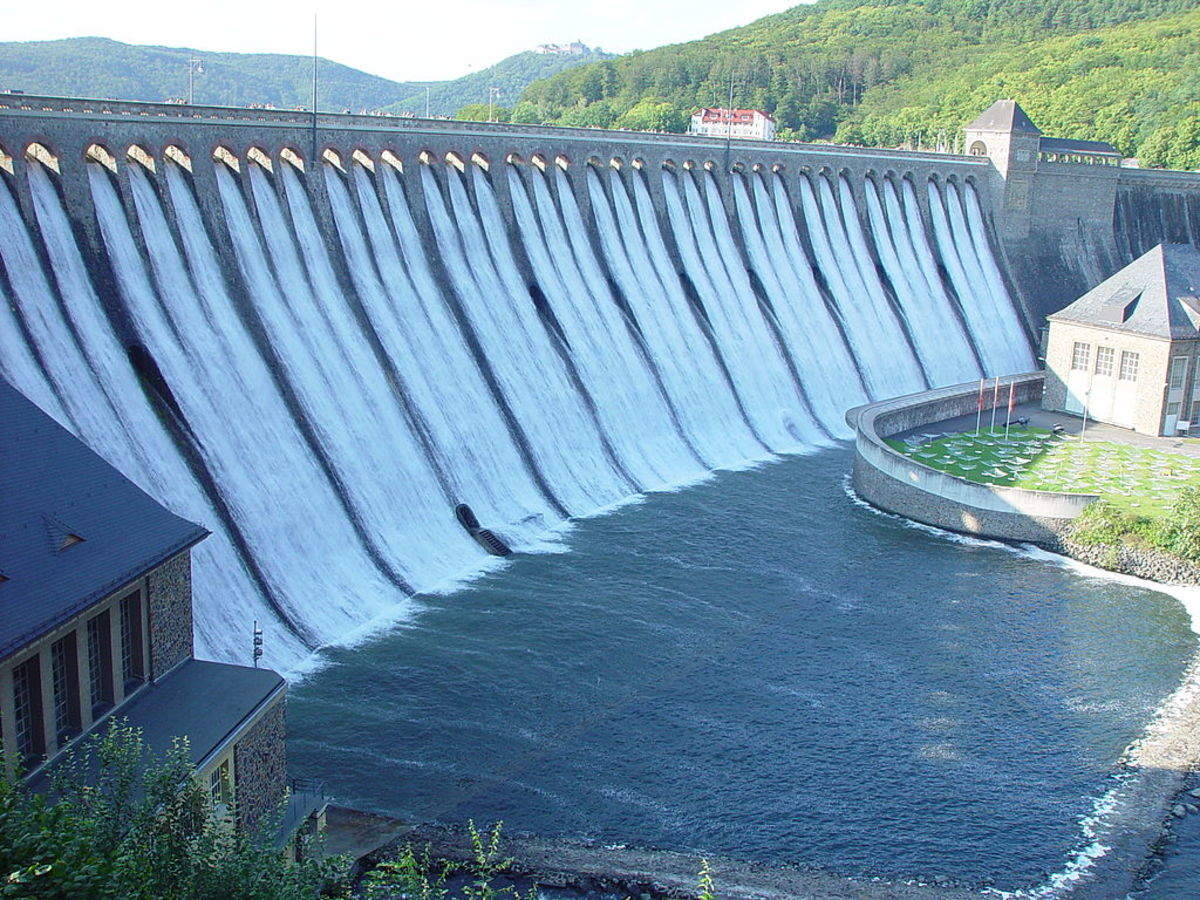J&K to become self-sufficient with surplus electric power in 4 years

Despite having capacity of 16,475 megawatts of hydro-electric power, the generating capacity of its projects is only 3400 megawatts during peak season when local rivers have maximum discharge.
During the winter season, the demand goes up to 3500 megawatts, but the total unit of productions is around 800 megawatts. Therefore Jammu and Kashmir need to import 80 percent of its power from outside. The amount of cost for this purchase is being a burden for the authority.The average cost of per unit power is 7 rupies. This is made available to the consumer at Rs 2.9 per unit for domestic use, at Rs 4 for industrial use and at Rs 5 per unit for commercial use on an average.Thus the government has to cross subsidise. What actually ails the power sector is 60 per cent aggregate technical and commercial losses (ATNC) that includes 40 per cent pilferage.
There is a dearth of supply on ground due to lack of transmission capacity. According to the agreement with consumers supply agencies are providing 1700 megawatts instead 1400 megawatts. Despite, there are shortages in distribution.
Jammu & Kashmir were allotted a coal belt 12 years back. Yet they could not used it because it has not been decided whether coal should be transported to J&K for generation in Kathua district or whether generation should be undertaken at source to avoid the huge transportation charges.
There are 15 power generation plants in J&K, all hydro based. Out of UT owned projects, Baglihar project stage 1 and stage 2 generate 450 megawatts each. This is the highest generation in the UT owned projects. But, the second unit of Baglihar generates 450 megawatts only for 4-5 months after which it is shut because of minimum water discharge during winter months.
“This is because while stage 1 of Baglihar project is built down a small dam, stage 2nd is run of the river project constructed at the tail race of stage 1," said a senior engineer of the PDD who wished not to be named.
Lt. Governor Manoj Sinha-led government and the Centre have signed several MOUs in the power sector, aimed at drawing an investment of Rs 35,000 crore for the UT.
This ambitious plan will help J&K generate 3500 megawatts which will make the UT both self-sufficient and surplus in electric power generation.
"J&K will turn from a power deficit to power surplus region within four years and there would be uninterrupted power supply throughout the UT for domestic, industrial and commercial purposes," Sinha said while unveiling the government's vision on power self-sufficiency.
These MOUs were signed between the power development department (PDD), J&K, NHPC and the J&K power development corporation.
As per the provisions of the MOUs, the projects constructed by the NHPC will be handed over to J&K after 40 years of commercial operation which was not the case in earlier projects allotted to NHPC.
Sinha also said that an overhaul is being made in the power infrastructure, management and distribution with the support of the union government without any expenditure by the UT.
"In the past, J&K was deliberately prevented from attracting investment and despite having abundant potential for power generation, its energy needs were not addressed.
"With the execution of new mega power projects, a number of other employment avenues would also be generated for the locals," Sinha said.
Given the generous financial and technical support by the union government, J&K is turning a new leaf in power generation. From a deeply power starved state to a self-sufficient, electric power selling UT during the next four years. This would be a quantum leap in the real sense of the word as described by Lt. Governor Sinha.
Source: Daijiworld
B.M./ Rtv
Comments
Saudi Arabia to celebrate Eid on Wednesday

“The situation in East Turkestan is a global concern”

Three Tanzanian soldiers killed by mortar fire in DR Congo

Ireland: Simon Harris elected new prime minister

China’s real estate crisis: Shanghai-based property giant Shimao Group faces liquidation suit

Myanmar: Junta troops withdraw from border town, rebels say

US: Gunfire at Philadelphia Eid al-Fitr event injures three


 Live Tv
Live Tv
